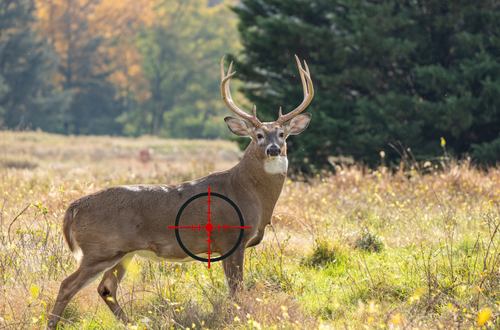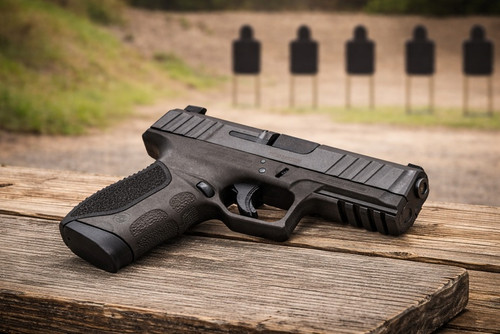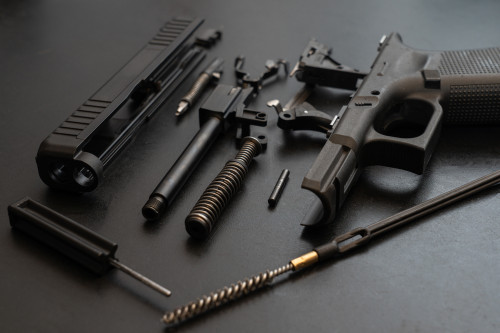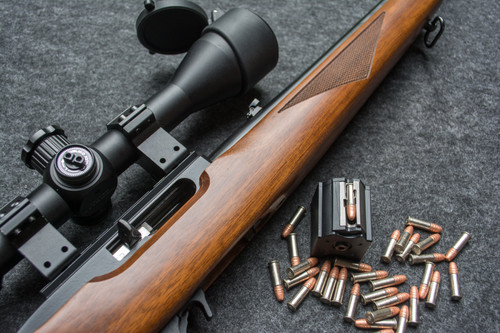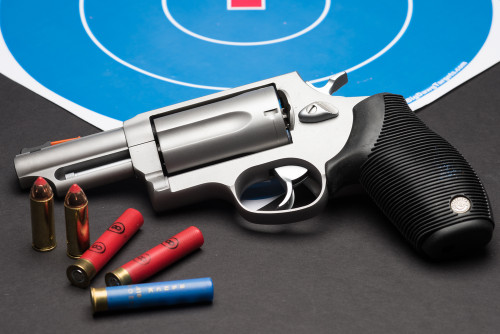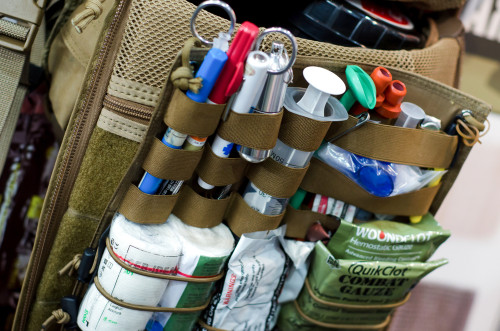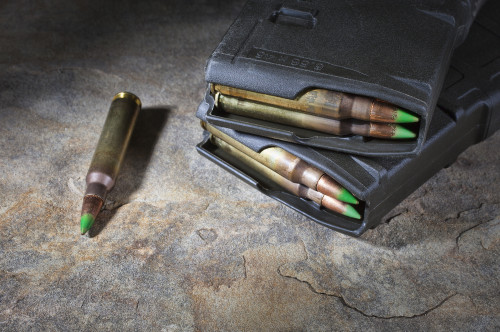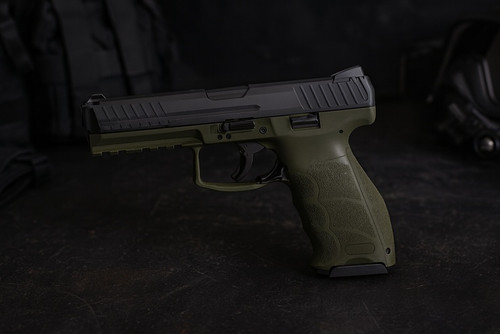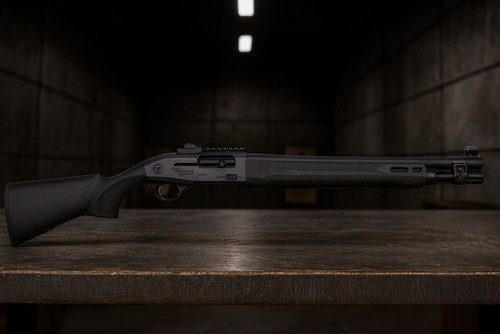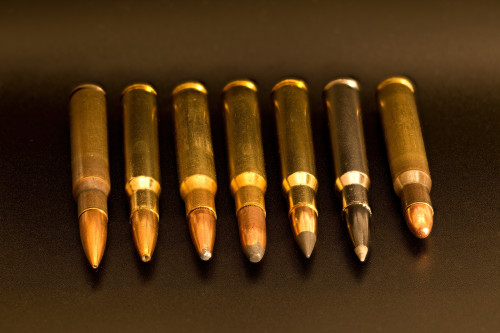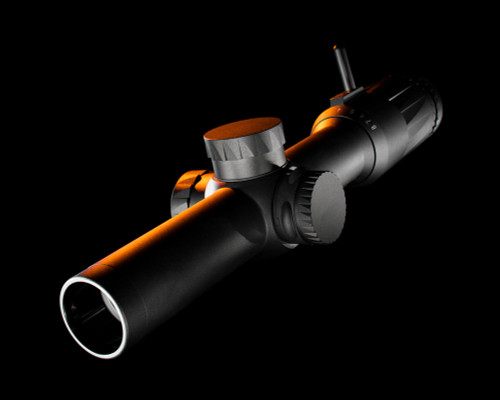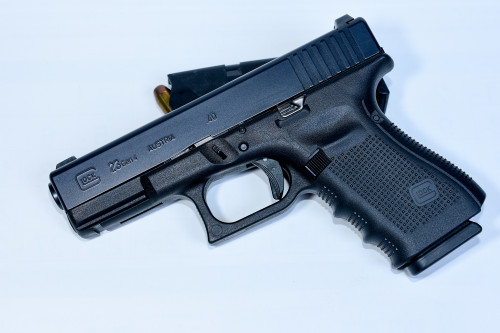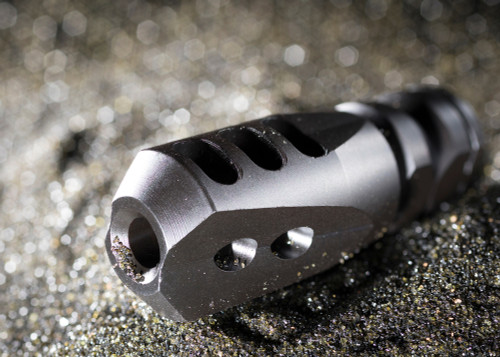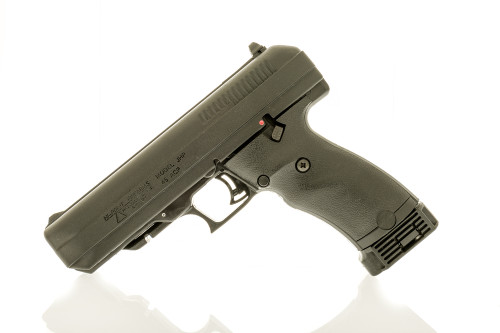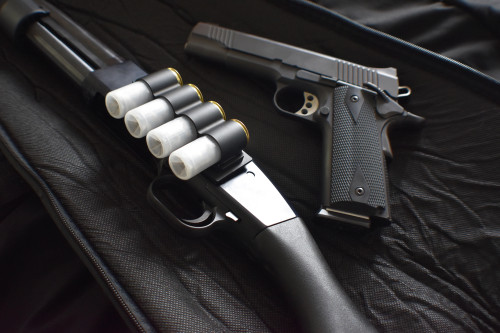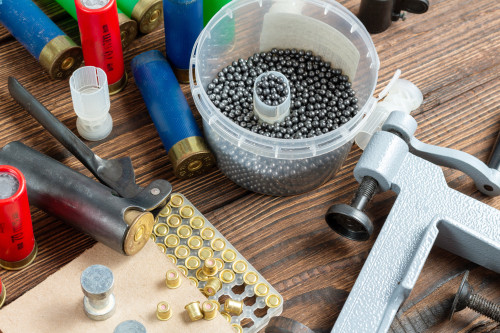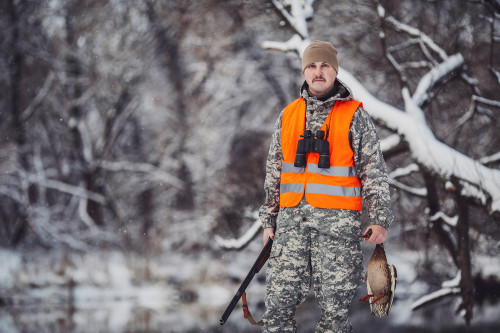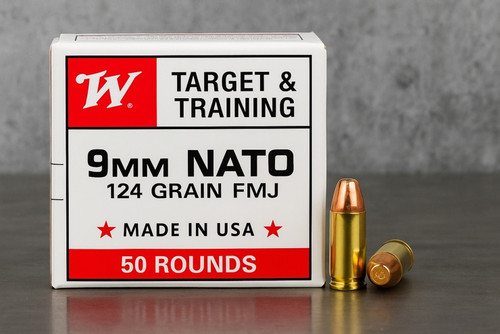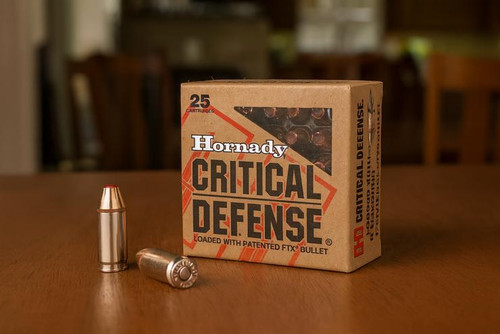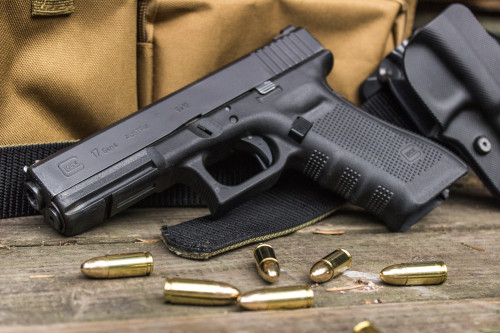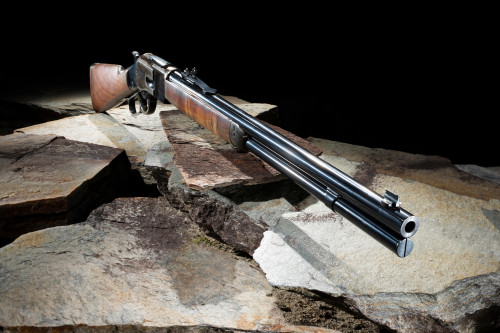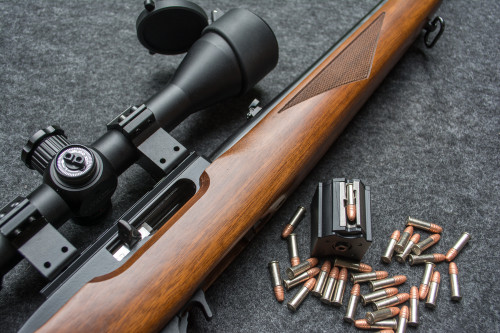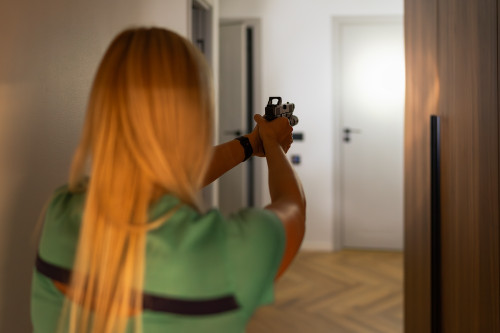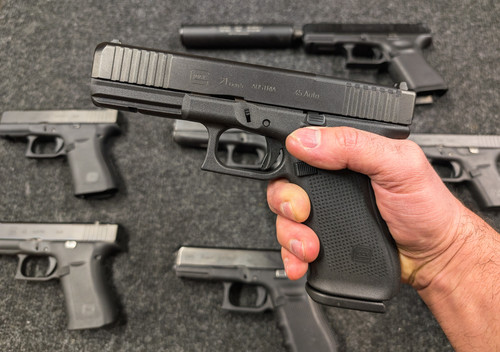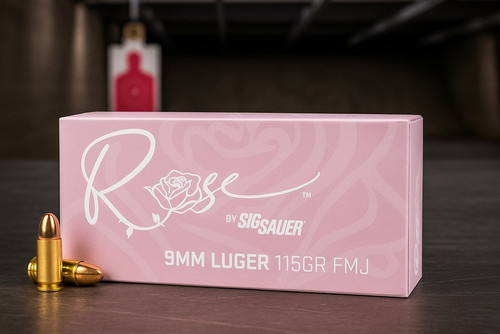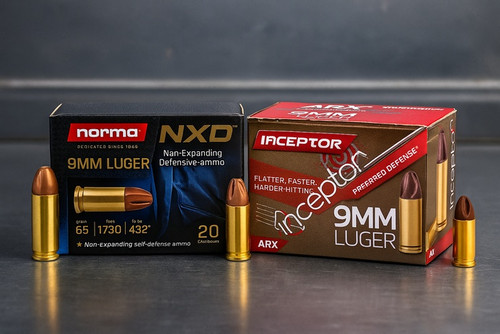Recorded from the earliest cave paintings to Medieval tapestries, deer hunting is a tradition across nearly all continents. Beyond providing food, hide, and other necessities, deer are also revered for their beauty and their hunting challenge.
If you’ve been on an unsuccessful deer hunt (or perhaps several), you understand this challenge. Deer are quick, quiet, and skittish. One wrong move or ill-chosen piece of clothing, and they’ll dash over a hill never to be seen again.
If you ever want to bag that ten-pointer this season, you’ve got to be smarter than the average deer (and the average hunter). Learning the anatomy of a deer can help you make clean, ethical kills by placing your shots at key points on the deer’s body. This minimizes the suffering of the animal and you won’t have to follow a blood trail all across hell’s half-acre. It may even be necessary for following local and state regulations.
Let’s take a deeper dive into the major systems of deer anatomy to learn the best (and worst) places to shoot a deer for hunting success.
Wild World of Deer
First off — there’s more than one type of deer. Before diving into the details of anatomy, you need to understand the kind you’re hunting. Some you might encounter, depending on your region are:
- Whitetail Deer: The most common variety in the U.S. Whitetails are the oldest and most common deer species in North America and are easily identified when alert, showing their bright white underside tail fur. In this article, we’ll be breaking down the anatomy of a whitetail deer specifically, although they are all nearly identical.
- Mule Deer: Found primarily in the Great Plains and western parts of the United States, they have larger ears and black-lined tails. They also run with all four feet coming down together (as opposed to two feet at a time like the whitetail).
- Black-tailed Deer: Like the whitetail, it is easily distinguishable by the black fur on its tail. A subspecies of mule deer, they are found on the Pacific Coast from California to Alaska.
It’s easy to compare deer anatomy to the anatomy of humans. For instance, all deer have a similar respiratory and digestive system. Aside from antlers, the skeletal system is also comparable — but there are obvious differences in shape, size, and location of key organs.
Respiration and Circulation: The Best Target
The respiratory system of a deer offers the most ethical and quickest target to recover a kill. When possible, aim your shots here.
- Heart: The deer requires a robust circulation system to fuel its muscles, which generate its power and speed. As a mammal, a deer heart has four chambers, and averages around six to seven inches in circumference, making it a relatively small target at range. But a hit to the heart will quickly bring down a deer.
- Lungs: Two powerful lungs process oxygen into the bloodstream, giving the deer both speed and endurance. Each as large as a dinner plate, they are a much bigger target than the heart and contain many blood vessels and capillaries.
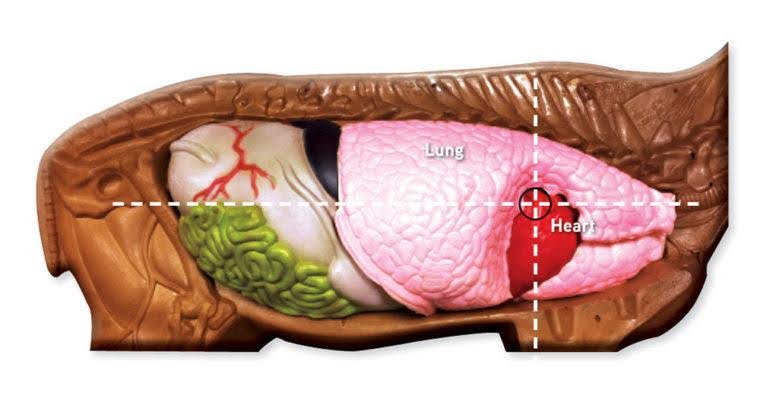 (https://deerassociation.com/shot-placement)
(https://deerassociation.com/shot-placement)
As seen in the diagram the heart is nearly enveloped completely by the lungs. (A section is cut out for visualization). This system is just above the deer’s front legs. The lungs also extend for nearly half the body of the deer, providing a fairly wide target area.
Both organs offer a high probability of success, but a combination lung-and-heart shot is the best possible target. It should require only a recommended hour’s wait to pick up the trail, if at all. A double lung shot is also highly effective, since it is likely to cause rapid blood loss and quick asphyxiation. Single lung shots (as may happen from the front or rear of the animal) are not advisable — deer can live (and run) for a long time with just one functioning lung.
Digestive System: Not the Ideal Target
Like other herbivores, the flow of low-calorie and difficult-to-digest food requires a lengthy digestive process. Located behind the lungs in the back half of the body, these organs are less protected than the lungs and heart.
- Stomach: Like a cow, the stomach of a deer has four chambers, needed to break down cellulose from grass (the principal food source for most deer species). Just like with cows, partially digested food is regurgitated by deer for additional chewing to assist in breaking down the cellulose. In the farther chambers of the stomach, food is fermented and water, minerals, and amino acids are absorbed.
- Intestines: Averaging twenty-eight feet in length, deer intestines absorb nutrients from food broken down in the stomach. The remaining material is turned into waste.
- Liver: Just as in humans, the liver produces enzymes required to break down food from the stomach to the intestines.
Shots to any of these organs will most likely be fatal. But just as in human warfare, a gut shot means the deer will likely live for an extended time due to the slow rate of blood loss (painfully depicted by the medic in Saving Private Ryan). This will likely result in non-recovery of the kill, and will put the deer through a slow, painful death.
However, even if you do manage to make a quick kill and/or recover the deer with a gut shot, this may not do well for your meat. Perforation of the digestive system and bowels will potentially contaminate the meat if not washed and processed properly.
NOTE: The liver is a possible exception, as significant damage to it can kill a deer in two to three hours, though this may still result in the wounded animal moving farther than you can track.
Skeletal and Nervous System: Where It Gets Complicated
Deer have robust skeletons that protect the vital organs and provide the framework for the large muscular and tendon systems. While the side of a deer may seem like a broad target, these bones can make a key organ shot quite difficult.
- Skull / Brain: While a head shot may seem like an instant kill, deer have strong, dense skulls to protect their small brains (which are about half the size of human brains). For males, the skull also includes antlers, an essential tool for establishing dominance over mating rivals. Due to the small target size and density of the bone, brain shots are not likely to be successful with deer — unless you use an appropriate caliber. However, even if you do manage to make a clean headshot with a powerful round, it might damage the antlers, which is no fun if you plan on mounting the head later.
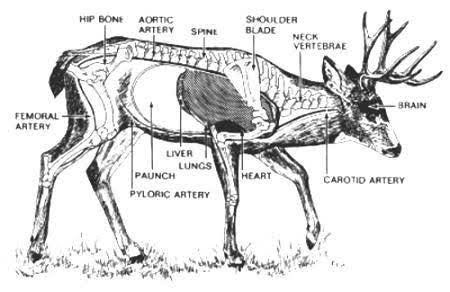
( https://www.archerytalk.com/threads/deer-shot-placement-and-tracking)
- Shoulder Blade: Located directly above the heart, a high miss may not fatally wound the deer if this thick bone absorbs much of the bullet’s energy.
While deer (particularly bucks) can deter predators, their main method of defense is their speed and agility (running away to avoid becoming a meal). To make use of these attributes, the deer’s senses of sight, hearing, and most importantly smell, are attuned to the discovery of predators in their environment.
- Sight: Deer have poorer day vision, but better night vision than humans. While they have a weak ability to focus, they can observe over 300 degrees compared to a human’s 120 and are very attuned to movement (through the combining of other senses). Deer are also semi-colorblind. Red and orange colors may appear to a deer as a shade of gray or brown (hence why blaze orange vests aren’t a problem when deer hunting). However, they can see blue much better than humans.
- Hearing: Deer have a hearing range similar to humans, though they can pick up some higher frequencies. Their advantage comes from understanding sounds in the environment and the ability to rotate ears for a wider range of coverage.
- Smell: This sense outstrips the others in usefulness. Deer can smell human scent (and many others) from up to half a mile away. With that in mind, containing your human scent is essential. You’ll never totally eliminate it, but taking a shower and using scent-covering sprays before a hunt can help you stay hidden from a deer’s keen nose.
Ammo Versus Anatomy
To truly take advantage of your anatomy knowledge, you need the appropriate ammunition (and the right rifle) with which to make an ethical and successful kill. Distance to the target and terrain matter, but the single most important factor for the ammunition-rifle combo is the amount of energy delivered. More energy equals more damage to core organs, causing less pain to the animal and shorter distances to recover the kill. Here are some great rounds for deer hunting:
- .308 Winchester: Excellent for all conditions and ranges, with a wide variety of rifle options in this caliber. A great round for deer is the Remington 308 Win Core-Lokt Tipped 20/200, available at Pro Armory.
- .223 Remington: Good for shots at 200 yards and under (with great shot placement), but round choice is key, as most are not suitable for big game. Look for bullets that expand well like the Nosler Partition or Remington’s Core-Lokt. The low recoil also benefits smaller shooters.
- .270 Winchester: This caliber packs a great punch for longer-range shots. There are only a handful of round types but all are effective against deer. Pro Armory carries two solid options: Winchester Deer Season 270win 130gr and the Remington 270 Win 130gr Core-Lokt.
Final Thoughts
Generations of hunters and experts have identified the heart and lungs as the best target on a deer for successful recovery and the most ethical kills. It may require patience or passing on a great opportunity to shoot if the angle doesn’t work in your favor. But with the right gear, ammo, and know-how, you’ll be on your way to venison steaks in no time.
Need some great ammo or gear for your next hunt? Pro Armory has you covered. Check out our hot deals on a wide selection of top-quality ammo, knives, optics, and much more.



